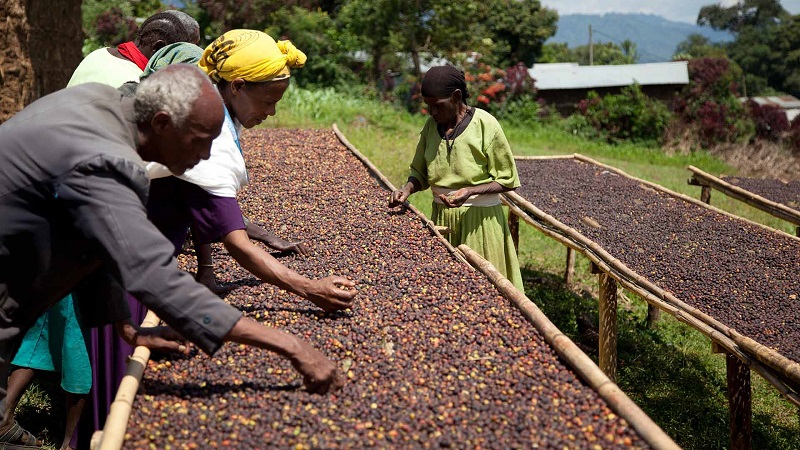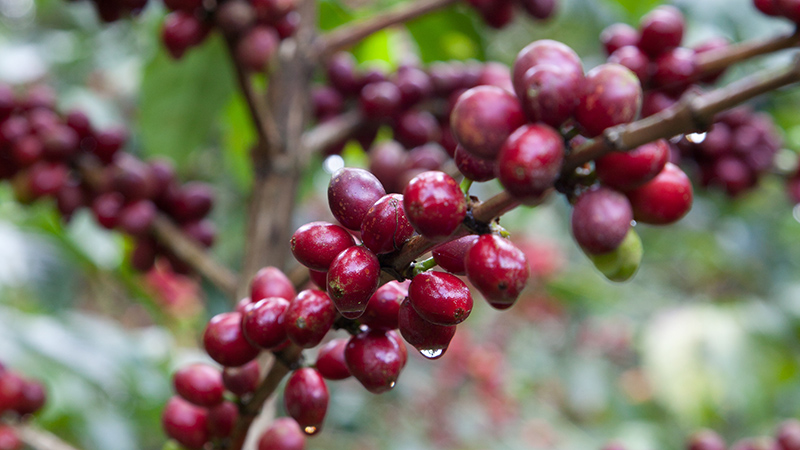A scientist at the University of Huddersfield who specialises in monitoring the world's iciest regions has made a dramatic change of climate for his latest research collaboration, using advanced satellite technology to track developments in an ancient forest area of Ethiopia.
Dr Byongjun (Phil) Hwang, a Senior Lecturer in the University's Department of Biological and Geographical Sciences, is a geophysicist who has researched the thermodynamics of snow and sea ice in the Arctic.
A regular visitor to the region, he has developed innovative satellite remote sensing techniques and utilised high-precision GPS buoys to measure small-scale changes in sea ice, adding to knowledge of the effects of climate changes.
South west Ethiopia is world's only source of wild coffee
But now Dr Hwang has teamed up with the University's Centre for Sustainability, Responsibility, Governance and Ethics (dubbed SURGE) and is playing a key role in the long-established Community Conservation of Wild Coffee and Natural Forest (CCWCNF) project spearheaded by Professor Adrian Wood.
 Coffee beans drying in the sun in south-west Ethiopia
Coffee beans drying in the sun in south-west Ethiopia With major funding that has included more than £2.4m from the European Union, it focuses on a forested region of South West Ethiopia, the only place in the world where coffee grows wild.
Starting in 2003, Professor Wood and his team have collaborated in the development of a Participatory Forest Management (PFM) scheme that enables forest dwellers to earn their livings from forest produce - including coffee - while ensuring that development is sustainable and the forest is maintained.
However, there have been fears over possible degradation caused by intensive management for coffee production in the forests and thinning of the forest tree canopy. Therefore, it has been important to devise ways of monitoring the status of the trees that provide shade for the wild coffee bushes.
Using satellite, GPS and mobile technology
Techniques have included surveys that have seen researchers accompanying farmers into the forests and counting the trees, using GPS devices to track their height and location. Now the figures are entered into mobile phones so that the data can instantly be transmitted for analysis by Dr Hwang and the CCWCNF team.
 Coffee beans grow wild on bushes under the shelter of forest canopies in south west Ethiopia
Coffee beans grow wild on bushes under the shelter of forest canopies in south west Ethiopia The latest development is the use of high-resolution satellite images that, over time, can be used to track changes in the forest. Funding from the University of Huddersfield will now enable the development of 3D maps of the forest. These will provide a more objective method for estimating the numbers of coffee bushes without the need for counting on the ground, said Dr Hwang.
He and co-researchers have described their project in an open access article titled "Intensified Management of Coffee Forest in Southwest Ethiopia Detected by Landsat Imagery" that has appeared in the journal Forests.
A new article completed by the team and due for publication concludes that overall the quantity of the wild coffee in the forest has been protected by the communities, said Dr Hwang. But the satellite monitoring has revealed changes.
"In some locations we saw an increase in wild coffee. In others we saw a decline," he added. "We don't fully understand why, but we are thinking this change is related to human management and natural causes. "
Now a new survey is being planned and the forest communities themselves will have added input, said Dr Hwang.






